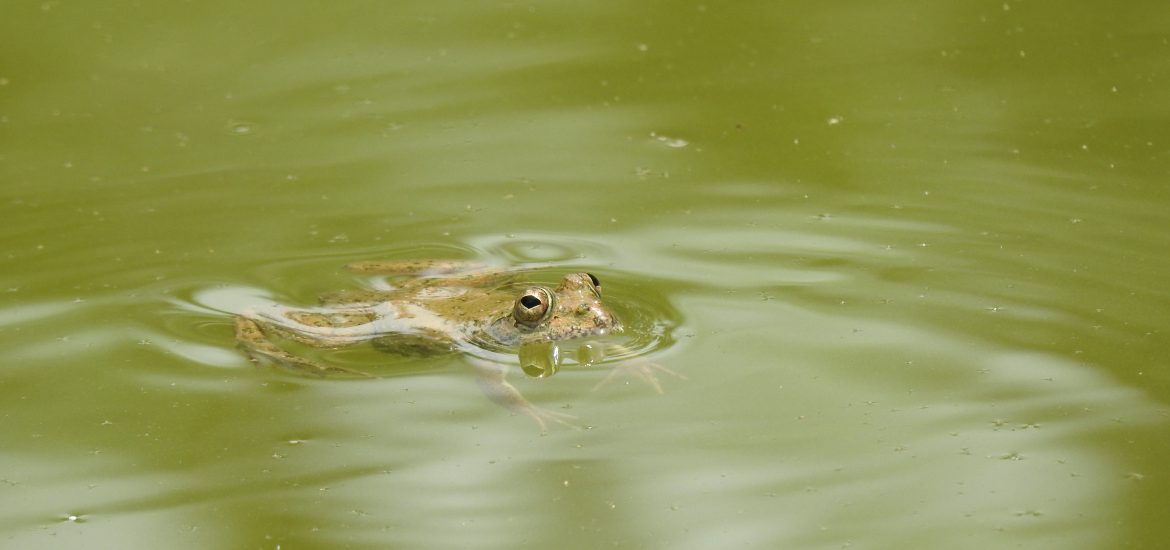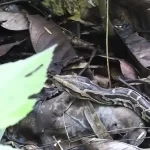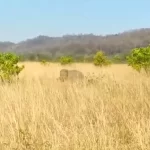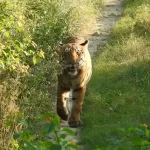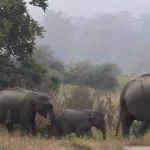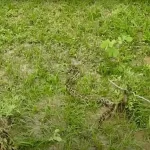The earliest frogs may have split from their amphibian relatives some 265 million years ago, as per the current scientific understanding. Frogs are largely carnivorous, tailless amphibians belonging to order ‘Anura’. There are approximately six thousand species of frogs in the world. Frogs have protruding eyes that bulge out on the sides of the head. This helps them to look out for danger in front, on sides and partially behind them. While submerged, when the frog moves closer to the surface of water, these protruding eyes come above the water’s surface for clear vision of the outside world, while the body of the frog is still submerged. Frogs have interesting way of locomotion with some species leaping up to 20 times their body length, thanks to their long hind legs. Being cold-blooded, they have very slow metabolism and many species hibernate in the muddy ground or in burrows in winters.
While mating, the eggs are fertilized outside female’s body. The male holds the female in a mating hug, called ‘amplexus’, and while she releases eggs, he fertilizes them. Amplexus can last several hours or days and in one extreme case in a species from the new world, it was recorded lasting for 4 months. Eggs are collectively deposited in a fresh waterbody like a pond, lake or stream and the clump of eggs is called ‘frogspawn’. There can be up to four thousand eggs in one frogspawn. Soon tadpoles develop from the eggs. Tadpoles take several weeks to develop into full grown frogs or toads who can live outside the water.
Frogs play an important role in the ecosystem by being part of the food chain. They are both prey and predator. Frogs are indicators of the health of the ecosystem and their presence means that the components of the habitat they are found in are working in sync with each other.
Skittering Frog is a common species of frog found in south Asia. It is quite aquatic and occurs in marshes, freshwater ponds, lakes and similar habitat. It is commonly found in Corbett Tiger Reserve and can easily be seen at the waterholes at Jim’s Jungle Retreat. It has the ability to leap out of water from a floating position. When disturbed from the edge of water, it can leap several times on the surface of water to cover a longer and safe distance and out of the reach of its predators.
Frogs
